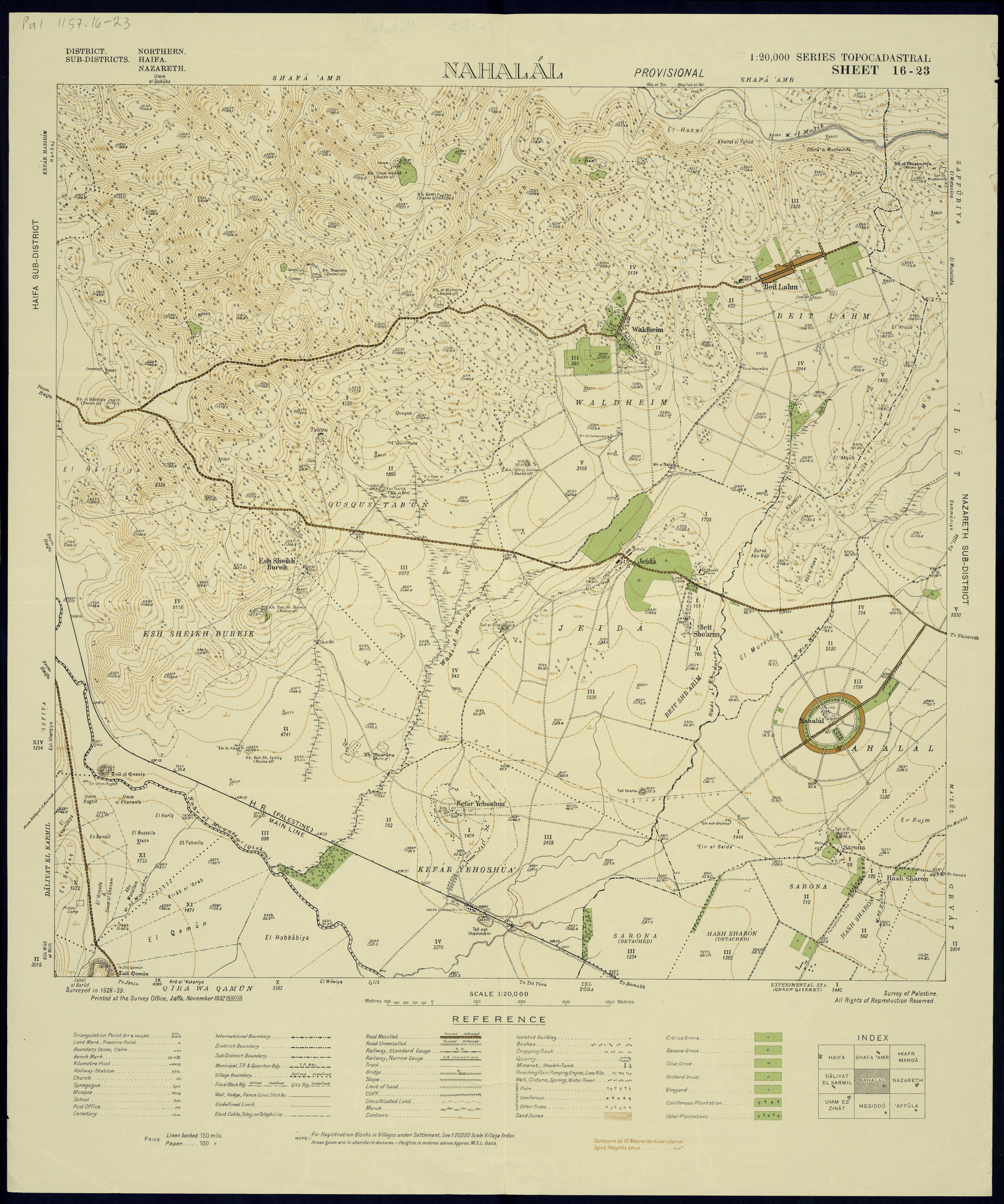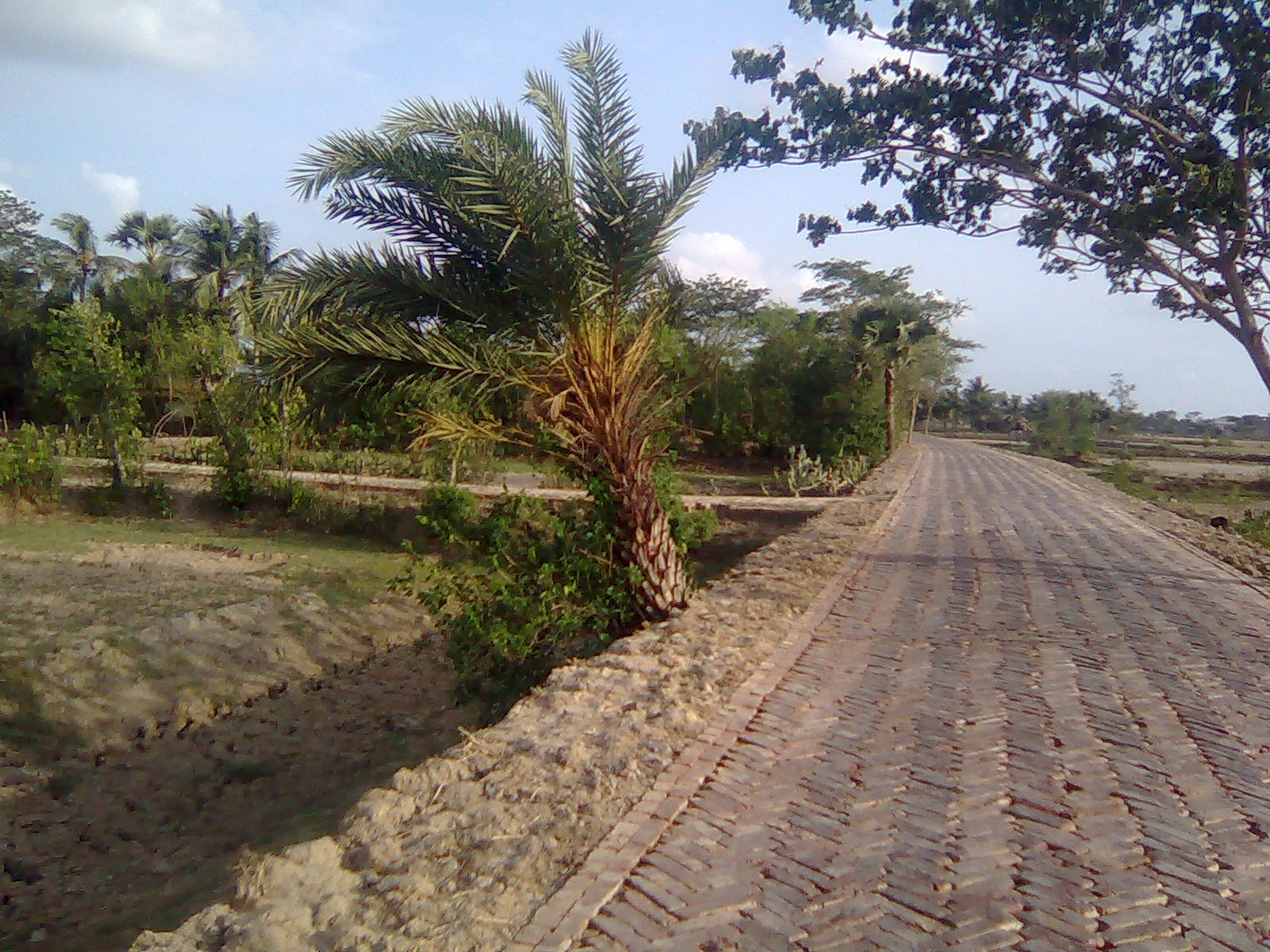|
Yerucham
Yeruham ( he, יְרוֹחַם, ''Yeroham'') is a town ( local council) in the Southern District of Israel, in the Negev desert. It covers 38,584 dunams (~38.6 km²), and had a population of in . It is named after the Biblical Jeroham. Until early 2011 the mayor of Yeruham was Amram Mitzna, and he was succeeded by Michael Biton of Kadima, who was elected mayor in November 2010. In 2018, dark horse candidate Tal Ohana was elected the first female mayor of Yeruham. For many years, Yeruham was economically depressed and suffered from image problems, but major efforts to improve the quality of life took place during early 2000s. History Antiquity Yeruham is the site of Tel Rahma, dating back to the 10th century BCE. On the outskirts of Yeruham is an ancient well, Be'er Rahma (). During the Nabatean, Roman and Byzantine periods there was a village in the western outskirts of the town and its ruins can be seen today. The site, known Qasr Rekhmeh or Mesad Yeruham, was excavat ... [...More Info...] [...Related Items...] OR: [Wikipedia] [Google] [Baidu] |
Tal Ohana
Tal Ohana is the mayor of Yeruham, Israel Israel (; he, יִשְׂרָאֵל, ; ar, إِسْرَائِيل, ), officially the State of Israel ( he, מְדִינַת יִשְׂרָאֵל, label=none, translit=Medīnat Yīsrāʾēl; ), is a country in Western Asia. It is situated .... Tal Ohana was elected mayor of Yeruham in 2018. She is the first woman to serve in this position in the town's history. References Women mayors of places in Israel Year of birth missing (living people) Living people {{Israel-mayor-stub ... [...More Info...] [...Related Items...] OR: [Wikipedia] [Google] [Baidu] |
Local Council (Israel)
Local councils (Hebrew language, Hebrew: plural: ''Mo'atzot Mekomiot'' / singular: ''Mo'atza Mekomit,'' Arabic: plural: مجالس محليّة ''Majalis Mahaleea /'' singular: مجلس محلّي ''Majlis Mahalee'') are one of the three types of local government found in Israel, the other two being list of cities in Israel, cities and Regional council (Israel), regional councils. There are 124 local councils in Israel. Local councils should not be confused with Local committee (Israel), local committees, which are lower-level administrative entities. History Local council status is determined by passing a minimum threshold, enough to justify operations as independent municipal units, although not large enough to be declared a city. In general this applies to all settlements of over 2,000 people. The Israeli Interior Minister of Israel, Interior Minister has the authority of deciding whether a locality is fit to become a municipal council (a city council (Israel), city). The mi ... [...More Info...] [...Related Items...] OR: [Wikipedia] [Google] [Baidu] |
Nahalal
Nahalal ( he, נַהֲלָל) is a moshav in northern Israel. Covering 8.5 square kilometers, it falls under the jurisdiction of the Jezreel Valley Regional Council. In it had a population of . Nahalal is best known for its general layout, as designed by Richard Kauffmann: slightly oval round, similar to a spoke wheel, with its public buildings at the "hub" and individual plots of agricultural land radiating from it like spokes with symmetrically placed roads creating eight equal Circular sector, sectors, an inner ring of residential buildings, and an outer ring road.Richard Kauffmann''Die Bebauungsplaene der Kleinsiedlungen Kfar-Nahalal und Kfar-Jecheskiel''('The construction plans for the agricultural small housing estates Kfar Nahalal and Kfar Yehezkel, Kfar Jecheskiel'), published by the Department for Agricultural Colonization of the Zionist Executive, Jerusalem (1923), in German. In the Hebrew Bible Nahalal was a Levitical city mentioned in the Hebrew Bible. According to t ... [...More Info...] [...Related Items...] OR: [Wikipedia] [Google] [Baidu] |
Eilat
Eilat ( , ; he, אֵילַת ; ar, إِيلَات, Īlāt) is Israel's southernmost city, with a population of , a busy port and popular resort at the northern tip of the Red Sea, on what is known in Israel as the Gulf of Eilat and in Jordan as the Gulf of Aqaba. The city is considered a tourist destination for domestic and international tourists heading to Israel. Eilat is part of the Southern Negev Desert, at the southern end of the Arabah, adjacent to the Egyptian resort city of Taba to the south, the Jordanian port city of Aqaba to the east, and within sight of Haql, Saudi Arabia, across the gulf to the southeast. Eilat's arid desert climate and low humidity are moderated by proximity to a warm sea. Temperatures often exceed in summer, and in winter, while water temperatures range between . Eilat averages 360 sunny days a year. Name The name ''Eilat'' was given to ''Umm al-Rashrāsh'' () in 1949 by the Committee for the Designation of Place-Names in the Negev. The ... [...More Info...] [...Related Items...] OR: [Wikipedia] [Google] [Baidu] |
Highway 40 (Israel)
Highway 40 ( he, כביש 40) is a north-south intercity road in Israel. At 302 km long, it is the second longest highway in Israel, after Highway 90. The highway runs from Kfar Saba in the center of Israel to the Arabah in the south, serving as a main connection between central Israel and Be'er Sheva. Route description The highway starts at an intersection with Highway 90 near Ketura, about 50 km north of Eilat as a two-lane undivided road. It then continues north, winding through the mountains of the southern Negev. This section includes the "Meishar", which is a completely straight and leveled 12 km stretch of road. The highway descends into the Ramon Crater, crosses it and then ascends 250 meters along "Ma'ale HaAtzmaut" to reach Mitzpe Ramon. From Mitzpe Ramon the highway continues past Ramon Air Force Base and Sde Boker. The section between Ketura and Sde Boker is a scenic route, and some drivers use this road when driving to Eilat because it provides more a ... [...More Info...] [...Related Items...] OR: [Wikipedia] [Google] [Baidu] |
Mitzpe Ramon
Mitzpe Ramon ( he, מִצְפֵּה רָמוֹן, Ramon Lookout; ar, متسبي رمون) is a local council in the Negev desert of southern Israel. It is situated on the northern ridge at an elevation of 860 meters (2,800 feet) overlooking the world's largest erosion cirque, known as the Makhtesh Ramon. In it had a population of . History Mitzpe Ramon was founded in 1951 as a camp for the workers building Highway 40. The town's first permanent residents, several young families from Kibbutz Re'im and other parts of Israel began settling there in 1956. After five years, the town was home to 370 residents including 160 children, most of them veteran Israelis. There were also 180 housing units to absorb new immigrants They were joined by immigrants from North Africa, Romania, and India in the 1960s, and it became the southernmost of the Negev's development towns. Conditions in the early years were harsh, with limited food supplies and practically no modern-day amenit ... [...More Info...] [...Related Items...] OR: [Wikipedia] [Google] [Baidu] |
Beersheba
Beersheba or Beer Sheva, officially Be'er-Sheva ( he, בְּאֵר שֶׁבַע, ''Bəʾēr Ševaʿ'', ; ar, بئر السبع, Biʾr as-Sabʿ, Well of the Oath or Well of the Seven), is the largest city in the Negev desert of southern Israel. Often referred to as the "Capital of the Negev", it is the centre of the fourth-most populous metropolitan area in Israel, the eighth-most populous Israeli city with a population of , and the second-largest city in area (after Jerusalem), with a total area of 117,500 dunams. The Biblical site of Beersheba is Tel Be'er Sheva, lying some 4 km distant from the modern city, which was established at the start of the 20th century by the Ottoman Turks. The city was captured by the British-led Australian Light Horse in the Battle of Beersheba during World War I. The population of the town was completely changed in 1948–49. ''Bir Seb'a'' ( ar, بئر السبع), as it was then known, had been almost entirely Muslim and Christian, and wa ... [...More Info...] [...Related Items...] OR: [Wikipedia] [Google] [Baidu] |
Highway 25 (Israel)
Highway 25 is a rural highway in southern Israel. It begins northwest of Nahal Oz at the border with the Gaza Strip, and it passes through Netivot, Beersheba and Dimona. It continues southeast toward Arava Junction, where it meets Highway 90. Its length is estimated by the Israeli Department of Transportation as 172 km and 780 meters. Junctions & Interchanges Hazardous road Highway 25 was declared as a red road by the Israeli police in 2015. See also * List of highways in Israel This is a list of Israeli highways. Besides highways in Israel proper, it includes highways in the West Bank and the Golan Heights, because the Israeli administration maintains them in these areas. There are 48 designated Israeli highways. Most of ... References {{Reflist 25 ... [...More Info...] [...Related Items...] OR: [Wikipedia] [Google] [Baidu] |
Road 225 (Israel)
A road is a linear way for the conveyance of traffic that mostly has an improved surface for use by vehicles (motorized and non-motorized) and pedestrians. Unlike streets, the main function of roads is transportation. There are many types of roads, including parkways, avenues, controlled-access highways (freeways, motorways, and expressways), tollways, interstates, highways, thoroughfares, and local roads. The primary features of roads include lanes, sidewalks (pavement), roadways (carriageways), medians, shoulders, verges, bike paths (cycle paths), and shared-use paths. Definitions Historically many roads were simply recognizable routes without any formal construction or some maintenance. The Organization for Economic Co-operation and Development (OECD) defines a road as "a line of communication (travelled way) using a stabilized base other than rails or air strips open to public traffic, primarily for the use of road motor vehicles running on their own wheels", which in ... [...More Info...] [...Related Items...] OR: [Wikipedia] [Google] [Baidu] |
Road 224 (Israel)
A road is a linear way for the conveyance of traffic that mostly has an improved surface for use by vehicles (motorized and non-motorized) and pedestrians. Unlike streets, the main function of roads is transportation. There are many types of roads, including parkways, avenues, controlled-access highways (freeways, motorways, and expressways), tollways, interstates, highways, thoroughfares, and local roads. The primary features of roads include lanes, sidewalks (pavement), roadways (carriageways), medians, shoulders, verges, bike paths (cycle paths), and shared-use paths. Definitions Historically many roads were simply recognizable routes without any formal construction or some maintenance. The Organization for Economic Co-operation and Development (OECD) defines a road as "a line of communication (travelled way) using a stabilized base other than rails or air strips open to public traffic, primarily for the use of road motor vehicles running on their own wheels", which in ... [...More Info...] [...Related Items...] OR: [Wikipedia] [Google] [Baidu] |
India
India, officially the Republic of India (Hindi: ), is a country in South Asia. It is the seventh-largest country by area, the second-most populous country, and the most populous democracy in the world. Bounded by the Indian Ocean on the south, the Arabian Sea on the southwest, and the Bay of Bengal on the southeast, it shares land borders with Pakistan to the west; China, Nepal, and Bhutan to the north; and Bangladesh and Myanmar to the east. In the Indian Ocean, India is in the vicinity of Sri Lanka and the Maldives; its Andaman and Nicobar Islands share a maritime border with Thailand, Myanmar, and Indonesia. Modern humans arrived on the Indian subcontinent from Africa no later than 55,000 years ago., "Y-Chromosome and Mt-DNA data support the colonization of South Asia by modern humans originating in Africa. ... Coalescence dates for most non-European populations average to between 73–55 ka.", "Modern human beings—''Homo sapiens''—originated in Africa. Then, int ... [...More Info...] [...Related Items...] OR: [Wikipedia] [Google] [Baidu] |
Persia
Iran, officially the Islamic Republic of Iran, and also called Persia, is a country located in Western Asia. It is bordered by Iraq and Turkey to the west, by Azerbaijan and Armenia to the northwest, by the Caspian Sea and Turkmenistan to the north, by Afghanistan and Pakistan to the east, and by the Gulf of Oman and the Persian Gulf to the south. It covers an area of , making it the 17th-largest country. Iran has a population of 86 million, making it the 17th-most populous country in the world, and the second-largest in the Middle East. Its largest cities, in descending order, are the capital Tehran, Mashhad, Isfahan, Karaj, Shiraz, and Tabriz. The country is home to one of the world's oldest civilizations, beginning with the formation of the Elamite kingdoms in the fourth millennium BC. It was first unified by the Medes, an ancient Iranian people, in the seventh century BC, and reached its territorial height in the sixth century BC, when Cyrus the Great fou ... [...More Info...] [...Related Items...] OR: [Wikipedia] [Google] [Baidu] |





